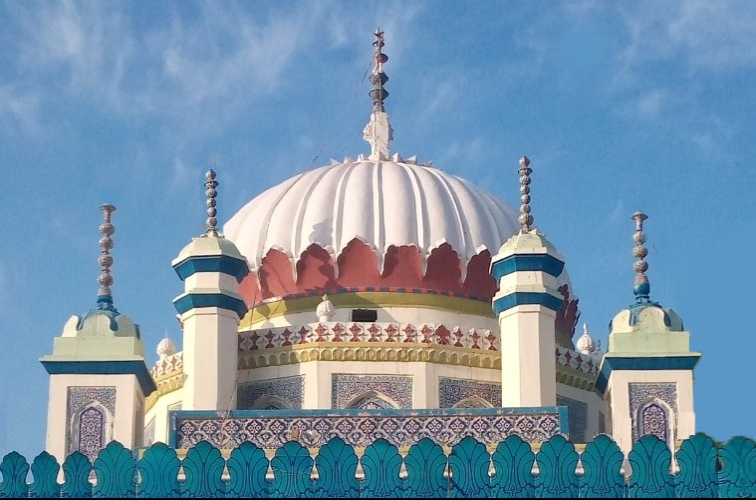Top Qs
Timeline
Chat
Perspective
Sufism in Pakistan
History of Islamic mysticism in Pakistan From Wikipedia, the free encyclopedia
Remove ads
Sufism, known as Tasawwuf in the Arabic-speaking world, is a form of Islamic mysticism that emphasizes introspection and spiritual closeness with God. About 60% Muslims in Pakistan regard themselves as followers of Sufi saints.[citation needed]







 Shrine of Pir Hadi Hassan Bux Shah Jilani
duthro sharf, Sanghar, Sindh
Shrine of Pir Hadi Hassan Bux Shah Jilani
duthro sharf, Sanghar, Sindh
Remove ads
Sufi traditions
This section needs expansion. You can help by adding to it. (May 2025) |
Most of the Sufis in Pakistan relate to the four main tariqa (silsila): Chishti, Naqshbandi, Qadiri-Razzaqi and Suhrawardi.
List of Sufi Shrines
This section is empty. You can help by adding to it. (April 2025) |
Contemporary influence
There are two levels of Sufism in Pakistan. The first is the 'populist' Sufism of the rural population. This level of Sufism involves belief in intercession through saints, veneration of their shrines and forming bonds with a pir (saint). Many rural Pakistani Muslims associate with pirs and seek their intercession.[1] The second level of Sufism in Pakistan is 'intellectual Sufism' which is growing among the urban and educated population. They are influenced by the writings of Sufis such as the medieval theologian al-Ghazali, the Sufi reformer Shaykh Aḥmad Sirhindi and Shah Wali Allah.[2]
Attacks on Sufi shrines
Since March 2005, 209 people have been killed and 560 injured in 29 different terrorist attacks targeting shrines devoted to Sufi saints in Pakistan, according to data compiled by the Center for Islamic Research Collaboration and Learning (CIRCLe).[3] The attacks are generally attributed to banned militant organisations.[4]
The Sehwan Sharif shrine was the site of a suicide bombing in 2017 carried out by the Islamic State.[5]
Remove ads
See also
References
Bibliography
External links
Wikiwand - on
Seamless Wikipedia browsing. On steroids.
Remove ads
